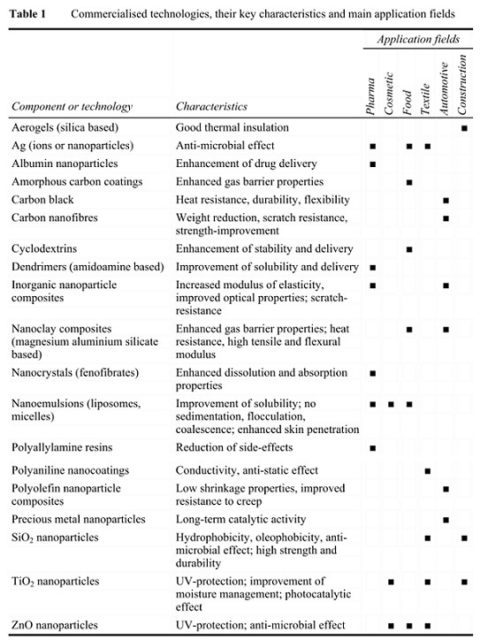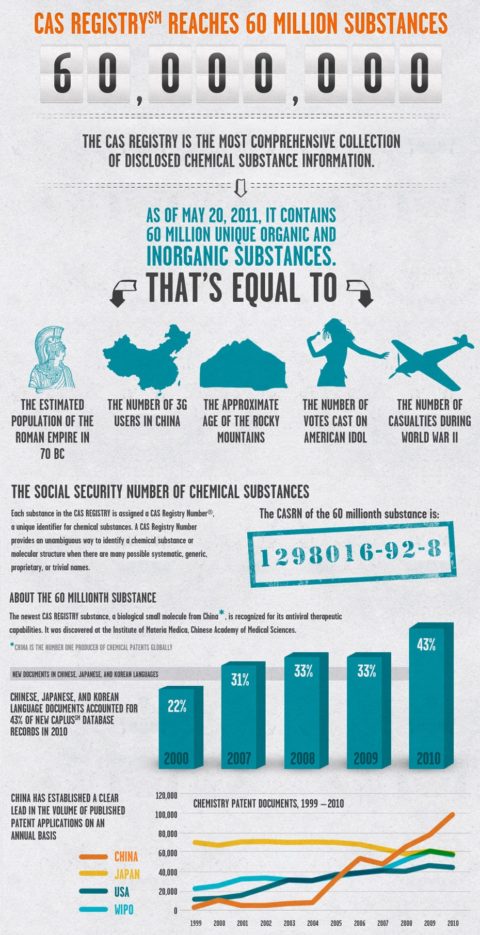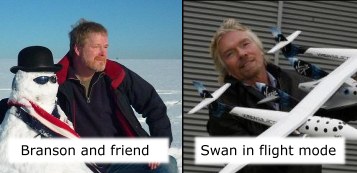Is the “nano” label just marketing buzz and PR puff? You might think so given the huge number of products and press releases that exist where this little prefix, from the Greek meaning dwarf, is used instead of a more everyday description. Particles become far more interesting to consumers and grant-awarding peers when they become nanoparticles. Atomic clusters are so 1970s, but nanoclusters? Now, you’re talking. And, not to ignore that tubular field of single-walled carbon nanotubes (SWCNTs) and copper nanotubes…where would we be without them? Unfortunately, marketing executives have hijacked the prefix for countless non-nano products, hoping to exploit the buzz.
Of course, nanoscience and nanotechnology really are likely to be revolutionary as our understanding of entities that lie between the molecular and the bulk scales improves and our skills in designing and constructing such entities evolves. Some pundits suggest that nano could be bigger than steam or penicillin. However, for that to happen, we probably need a better definition of nano and to exclude those developments and products that are irrelevant to the endeavour.
There are already several legitimate nano products that are increasingly in widespread use. For instance, the textiles industry is using conducting polyaniline nanocoating to reduce static cling in artificial fibres, silver nanoparticles show improved efficacy as antibacterial agents and other precious metals in nanoparticulate form are much improved catalysts than their traditionally powdered counterparts. Titania and zinc oxide nanoparticles are also used and marketed for their enhanced UV filtering and antibacterial capacity.
Physical chemists Simon Forster, Sandro Olveira and Stefan Seeger of the University of Zurich, Switzerland, have published a backgrounder on the world of nano, which they say provides both scientific background information and market data about the nano-enabled products and could help mesh chemical insights with economic analyses. Their case studies show that some commercialised technologies have several application fields, whereas others are only found in one market but it is the pharmaceutical sector that is currently the most important of today’s nanotechnology markets.
The researchers point to several potential applications of nano materials, among them: functionalised nanomagnets for extracting molecules from blood, drug delivery with nanocapsules for targeting disease sites in the body more precisely, controlled release of “active” cosmetic agents on the skin, nanoparticles of iron and zinc for food supplementation that
increase bioavailability of iron without affecting colour or taste. They also highlight how carbon nanotubes might be woven into to composite yarns to create multifunctional textiles that are bullet-proof, lightweight and highly conductive, silicone nanofilaments might render a clothing material self-cleaning through the super-hydrophobic effect. They point out that nanotechnology could boost power delivery from rechargeable batteries while nano incorporated into smart windows might generate electricity for the building and keep it cool in summer and warm in winter. Many of these developments are research nanoscience and not yet marketable nanotechnology, although as mentioned there are nano products on the market, and probably too many non-nano marketed inappropriately with that tag. Most common abuse is referring to micro (1-100 micrometre dimensions) entities as nano (1-100 nm).
The table shows a range of nano products and their application sectors as defined by Forster and colleagues.

According to Lux Research, the total market for nanotechnology was about US$238 billion in 2008 and is predicted to grow to US$3100 billion in 2015, bullish and bearish estimates lie either side of that value depending on whether or not the research agency offering them is optimistic or pessimistic about the world economy. The US National Science Foundation (NSF) suggests turnover will be less than a third that prediction at closer to US$1000 billion by 2015 (Cientifica Ltd provides an estimate of US$1500 million for 2015). It is likely that pharma and food will have the greatest share of this market irrespective of its size. The cosmetic industry may have taken out lots of nano patents, but its activities in exploiting the technology are limited by its inherent need to avoid efficacy that might be construed as medicinal by the regulatory authorities. Textiles, automotive and construction while often seen as innovative in many ways are unlikely to take anything but a relatively small portion of the nano market pie.
The emergence and growth of the nano market will, of course, depend almost entirely on strong research efforts that will tap its potential. Whether scientists and technologist will truly catch the buzz is a different matter. The evolution of the field might also pivot on how nano and non-nano are defined ultimately and the growing public awareness and perception of nano and the safety of such products especially given ludicrous remarks about the discipline turning the world into a grey goo.
![]() Simon P. Forster, Sandro Olveira, & Stefan Seeger (2011). Nanotechnology in the market: promises and realities Int. J. Nanotechnol., 8 (6/7), 592-613
Simon P. Forster, Sandro Olveira, & Stefan Seeger (2011). Nanotechnology in the market: promises and realities Int. J. Nanotechnol., 8 (6/7), 592-613


 Environmental science is about as politically charged a discipline you might find, stem cells GMOs, vaccines, and nuclear energy notwithstanding. In some circles, particularly certain sectors of academia and the media, environmental discussions are synonymous with controversial debates.
Environmental science is about as politically charged a discipline you might find, stem cells GMOs, vaccines, and nuclear energy notwithstanding. In some circles, particularly certain sectors of academia and the media, environmental discussions are synonymous with controversial debates.